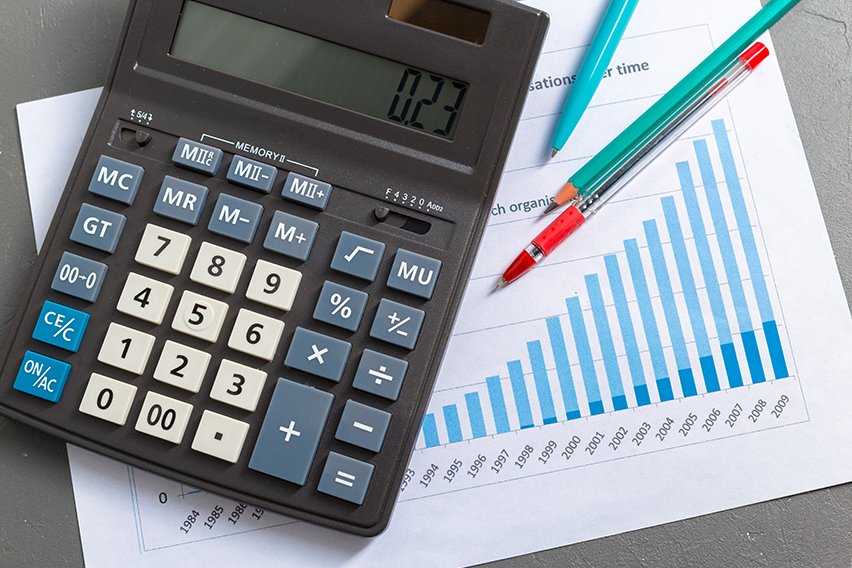Is Inventory a Current Asset?

Inventory is a current asset when the business intends to sell them within the next accounting period or within twelve months from the day it’s listed in the balance sheet.
Inventory is reported as a current asset as the business intends to sell them within the next accounting period or within twelve months from the day it’s listed in the balance sheet. Current assets are balance sheet items that are either cash, cash equivalent or can be converted into cash within one year.
Inventory is goods and items of value that a business holds and plans to sell for profit. This includes merchandise, raw materials, work-in-progress and finished products.
What this article covers:
- Is Inventory a Current Asset or Noncurrent Asset?
- Why Is Inventory a Current Asset?
- Is Inventory Always a Current Asset?

Is Inventory a Current Asset or Noncurrent Asset?
Inventory is one of the primary sources of business revenue, especially for retail or wholesale businesses and is therefore listed as an asset.
CURRENT ASSETS
Current assets represent the value of assets that are either cash or can be converted into cash to pay for short-term financial operations and fund operational expenses. On the balance sheet, the current assets are listed in the order of their liquidity.
Examples:
- Cash and cash equivalents
- Temporary investments
- Accounts receivables
- Marketable securities
- Inventory
- Prepaid expenses
NONCURRENT ASSETS
Noncurrent assets, on the other hand, are long-term assets and investments by a business that cannot be liquidated easily. This includes both fixed assets as well as intangible assets.
Examples:
- Property, plant and equipment
- Land
- Trademarks
- Long-term investments
Inventory is regarded as a current asset as the business as it includes raw materials and finished goods that can be converted into cash within one year or less.
Why Is Inventory a Current Asset?
Inventory is a current asset because it’s usually sold off within a year or less. In terms of liquidity, inventory sits somewhere in the middle of the spectrum. Liquidity refers to the business’ opportunity to convert its
While inventory is less liquid than other short-term investments such as cash and cash equivalent, it is considerably more liquid than assets such as land and equipment.

Is Inventory Always a Current Asset?
Since there’s reasonable expectation that the inventory will be used up or sold off for cash within the next twelve months or within the accounting period, it is always listed as a current asset in the balance sheet.
However, unsold and excess inventory can become a liability for the business as there are costs that the business may have to incur to store it. Moreover, some inventory items have a limited shelf life and can soon become spoilt, obsolete or may lose their value.
Examples include food products which can eventually spoil and technology that can become obsolete.
You may be forced to sell off the inventory at a loss or dispose of them completely. To avoid this, businesses must not store too much inventory.
Too little inventory, on the other hand, can lead to shortages and impact sales. It can have an impact on the business’s reputation by creating a disappointing experience for your customers.
To keep tabs on the inventory value on hand, businesses establish asset accounts. These accounts can help you keep track of how much inventory you have, the number of items you have in stock, the value of each item, how long your business stored the item and the shelf life each item.
Develop an inventory management system that will help you save money in the long run by saving time and reducing waste.
RELATED ARTICLES

 Operating Expenses (OpEx): Definition, Formula, and Example
Operating Expenses (OpEx): Definition, Formula, and Example What is the Difference Between Financial and Managerial Accounting?
What is the Difference Between Financial and Managerial Accounting? What is the Direct Write Off Method?
What is the Direct Write Off Method? How to Calculate Depreciation
How to Calculate Depreciation What is a Good Profit Margin?
What is a Good Profit Margin? How to Calculate Bad Debt Expense
How to Calculate Bad Debt Expense